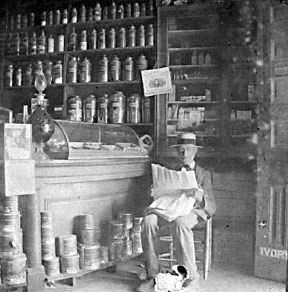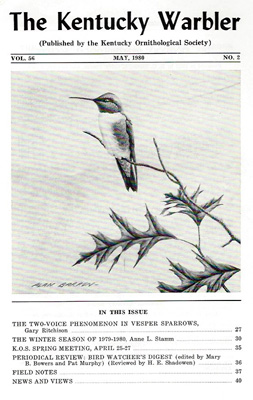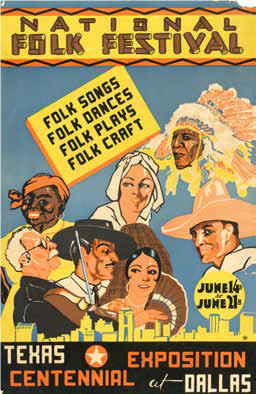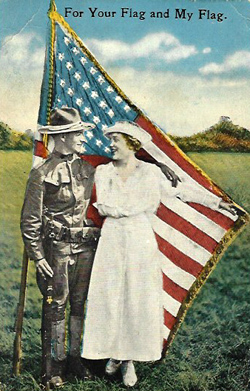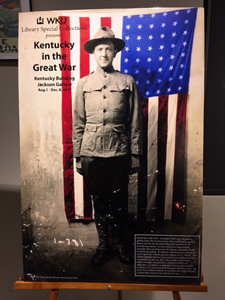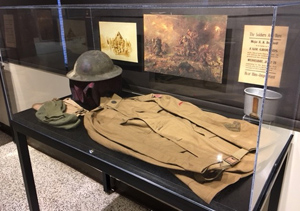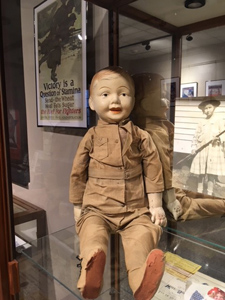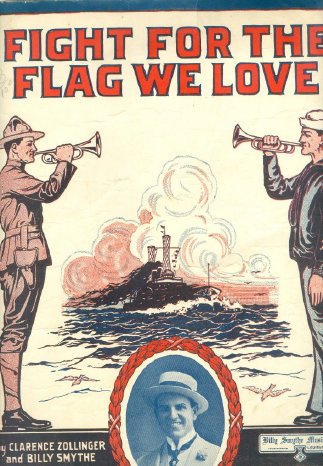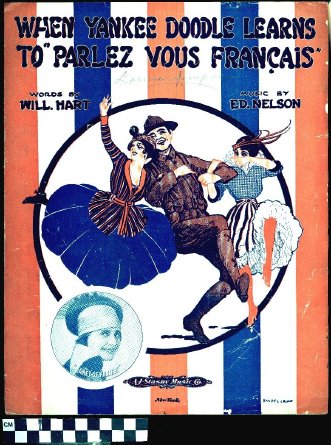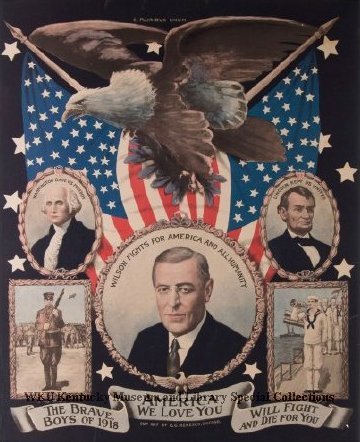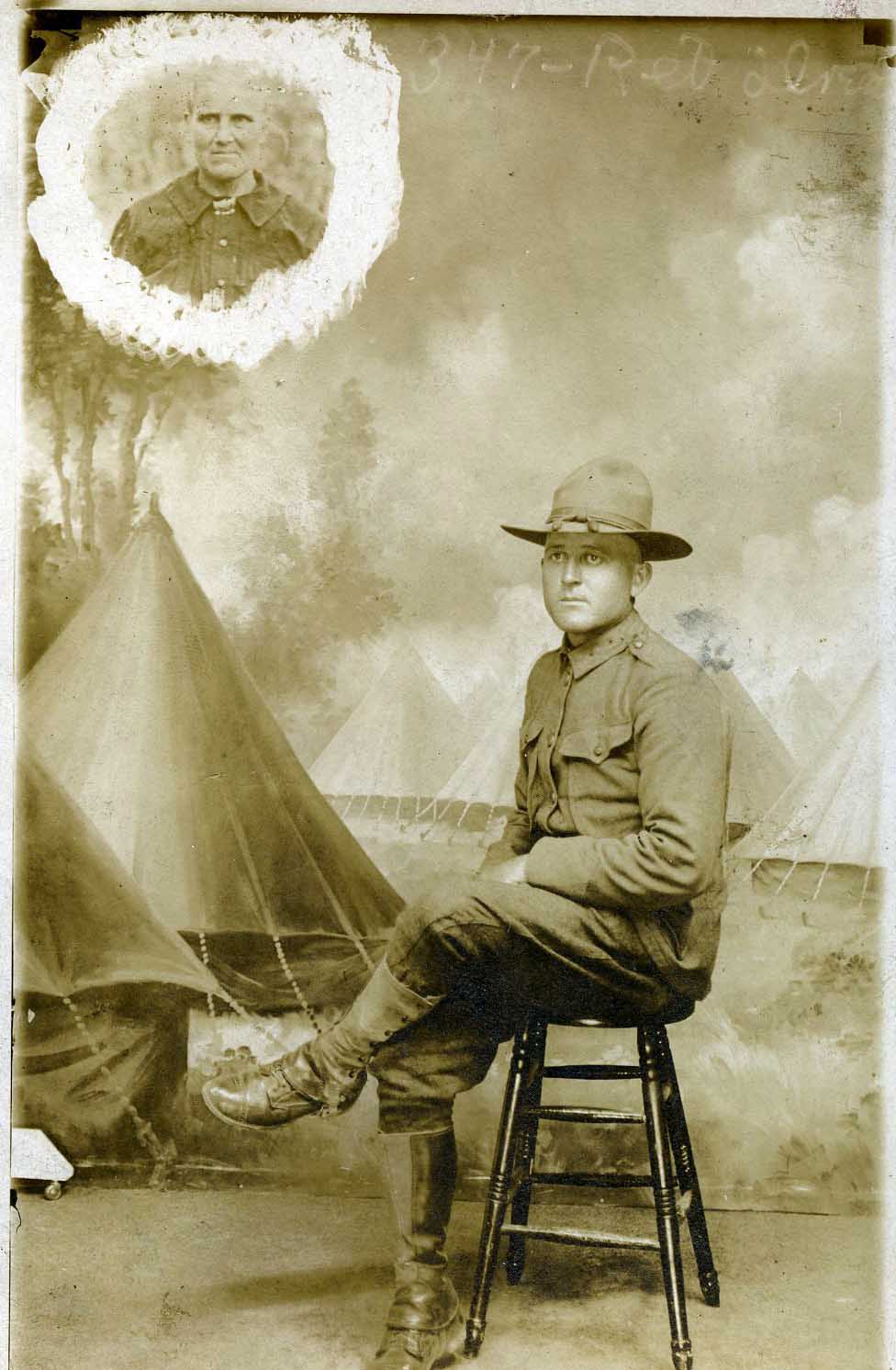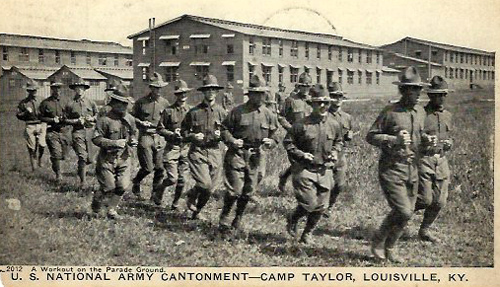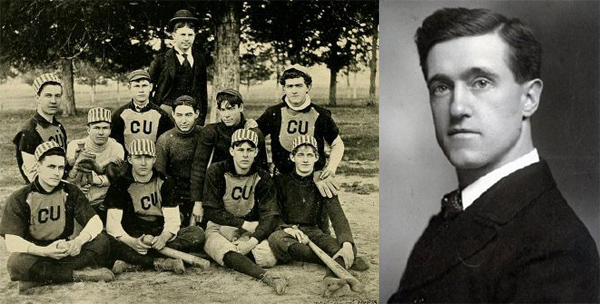It’s January 12 – National Pharmacists Day, when we show appreciation for these health care professionals by, among other things, producing a valid insurance card and not whining about why it takes so long to fill our prescription.
As we have previously blogged, the work of pharmacists over generations appears in the Manuscripts & Folklife Archives of WKU’s Department of Library Special Collections. But if one Bowling Green pharmacy came closest to becoming an institution, it was Younglove’s Drugstore.
Born in Johnstown, New York in 1826, John E. Younglove followed his brother Joseph to Bowling Green in 1844. The two became business partners in what was then known as the Quigley Building at the corner of Main and State streets (it still stands). After Joseph’s death, John continued the business. Younglove’s was not only a drugstore but a post office, stage coach stop and social center, and became known to everyone in the county. Its display cases, sales counter, furniture and shelving remained unchanged for decades, and locals arriving for a chat would seat themselves on a venerated old seed box by the stove. In addition to discussions of the day’s news, it was said that many political campaigns were waged astride this box. Behind the counter, Younglove kept a vast trove of chemical knowledge. His prescription book collected not only remedies for piles, cholera, gonorrhea and hay fever but preparation instructions for ink, “denarcotized laudanum,” hair color, and “cement for burial cases.” His poison register recorded the sale of dangerous compounds: morphine for cramping, arsenic to kill mice, and strychnine for “varmints.”
John Younglove was as much of an institution as his store. A man of modest height who was fond of tall silk hats, he was a repository of local history and a dabbler in many pursuits. A naturalist, town trustee and cemetery commissioner, he collected archaeological specimens and rare books, maintained weather observations, and preserved data on milestones such as the 1811 earthquake, the 1833 cholera epidemic, the 1869 eclipse, and various floods, freezes and droughts. When he retired in 1905 and rented his building to new druggists, they demanded such “newfangled” amenities as utilities, a plate glass window, and a soda fountain. Insurance cards, fortunately, were still far in the future.
Click here for a finding aid to the Younglove family papers. For more on pharmacists, the Youngloves and their drugstore, search TopSCHOLAR and KenCat.

